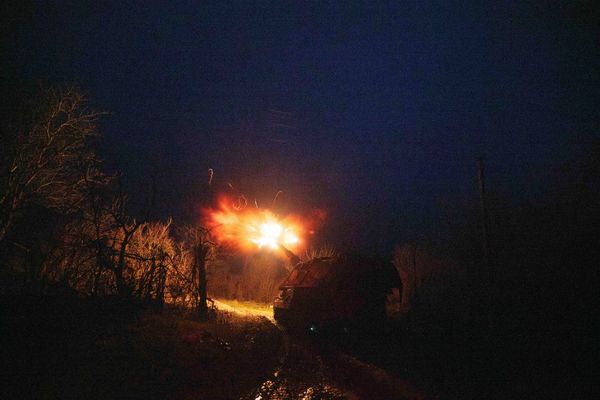
It is the week of the Geminid meteor shower. Active between 4 and 20 December, the shower will reach its peak on the night of 14-15 December. The chart shows the view looking east from London at 22.00 GMT.
Watching meteors is a game of patience. It is best to wrap up very warm, and many even take a deck chair. Face approximately in the direction of the radiant, but look slightly to the side of it. The meteors will appear around the radiant, flying off in all directions.
The Geminids are unique in that they do not appear to be associated with a comet. Instead they have been linked to the asteroid 3200 Phaethon. The first recorded observation of the shower occurred in 1862. Since then, they have become recognised as one of the most active meteor showers in the annual calendar.
Last year was particularly good with about 150 meteors an hour seen. That was without the moon in the sky, however.
This is the only downside this year: a bright full moon will be visible, spoiling the view of the fainter meteors. Nevertheless, if the clouds cooperate, the Geminids make for a rewarding evening of observation.







